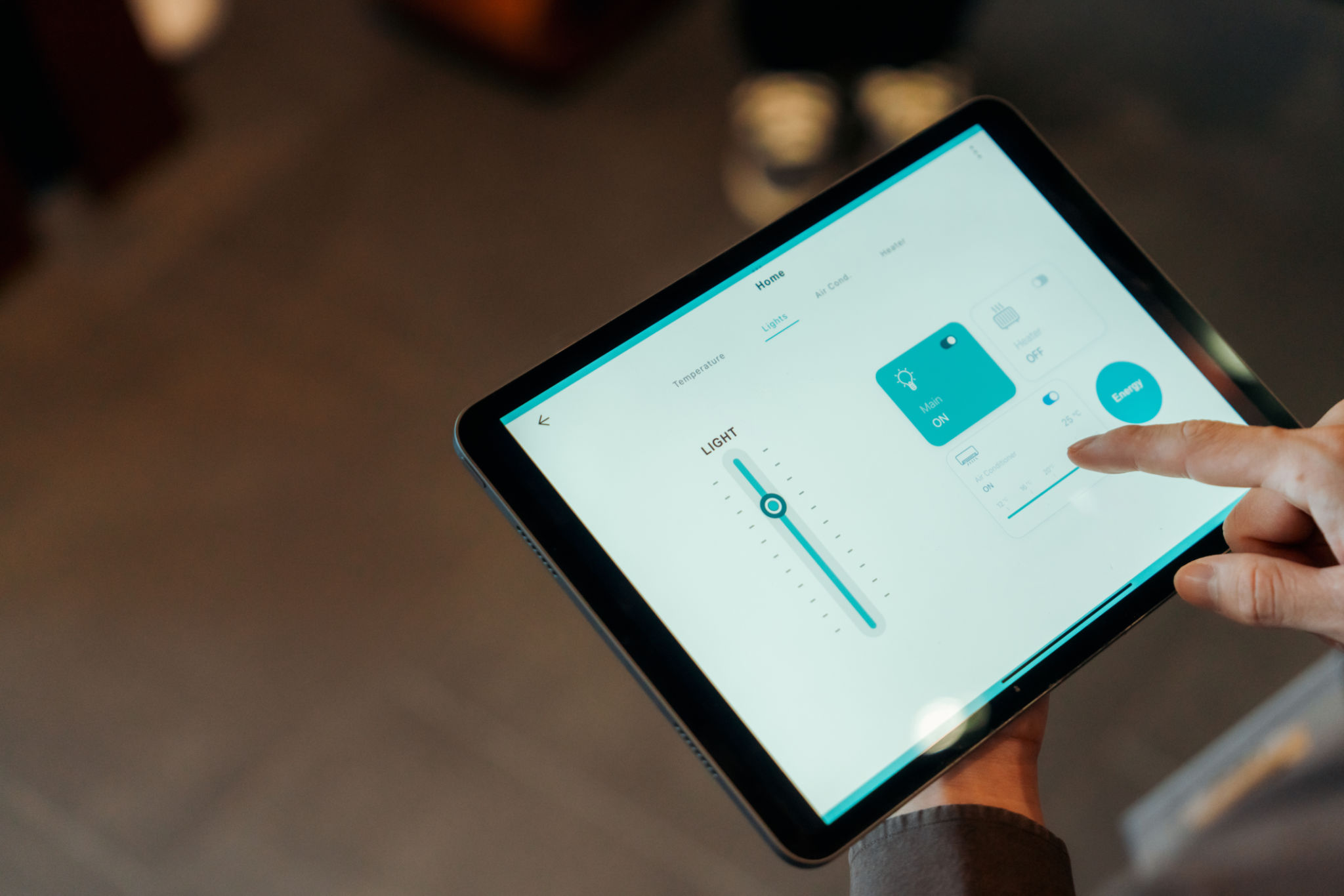Debunking Common Myths About Energy-Efficient Upgrades
Understanding the Misconception: Energy-Efficient Upgrades are Too Costly
One of the most prevalent myths about energy-efficient upgrades is that they are prohibitively expensive. While the upfront costs can be higher than traditional options, it's crucial to consider the long-term savings. Energy-efficient appliances and systems often result in reduced utility bills, which can offset the initial investment over time. In many cases, these upgrades pay for themselves within a few years.

Moreover, many governments and organizations offer rebates and incentives to encourage homeowners and businesses to adopt energy-efficient solutions. These financial aids can significantly reduce the overall cost, making such upgrades more accessible than ever before.
Debunking the Myth: Energy Efficiency Equals Compromise on Comfort
Another common misconception is that opting for energy-efficient solutions means sacrificing comfort. In reality, modern energy-efficient technologies are designed to enhance comfort while reducing energy consumption. For instance, programmable thermostats allow users to maintain optimal temperatures without wasting energy.
Advanced insulation materials and energy-efficient windows not only conserve energy but also improve indoor comfort by maintaining consistent temperatures and reducing noise pollution. These innovations demonstrate that energy efficiency and comfort go hand in hand.
Clarifying the Belief: Energy-Efficient Products are Not Durable
Some people believe that energy-efficient products are less durable than their traditional counterparts. However, this is not the case. Many energy-efficient products, such as LED bulbs and solar panels, are known for their longevity. LED bulbs, for example, can last up to 25 times longer than incandescent bulbs.

Additionally, manufacturers of energy-efficient appliances often prioritize quality and durability in their designs to ensure customer satisfaction and long-term performance. This emphasis on quality means that consumers often enjoy both efficiency and durability in one package.
Exploring the Misunderstanding: Energy Efficiency is Only for New Buildings
A widespread myth is that energy-efficient upgrades are only feasible for new constructions. In reality, there are numerous retrofit options available for older buildings. From adding insulation to installing energy-efficient windows and lighting, existing structures can be upgraded to improve their energy performance significantly.
Homeowners and business owners can work with professionals to identify areas where improvements can be made. Simple changes like sealing air leaks or upgrading HVAC systems can have a substantial impact on energy consumption in older buildings.
Addressing the Assumption: Energy-Efficient Upgrades Are Only for Homeowners
Many people assume that energy-efficient upgrades are exclusive to homeowners, but businesses can also benefit significantly from these changes. Commercial properties often consume large amounts of energy, making efficiency upgrades particularly impactful.

Businesses can implement measures such as upgrading lighting systems, improving insulation, and investing in smart building technologies to enhance efficiency. These changes not only reduce operational costs but also contribute to a company's sustainability goals, improving its public image.
Conclusion: Embracing Energy Efficiency
Debunking these myths reveals that energy-efficient upgrades offer numerous benefits without compromising quality or comfort. By understanding the true nature of these solutions, individuals and businesses can make informed decisions that lead to long-term savings and environmental benefits.
Whether you're looking to reduce your carbon footprint or save on utility bills, energy-efficient upgrades present a win-win scenario for both your wallet and the planet. It's time to look beyond the myths and embrace the future of sustainable living.
